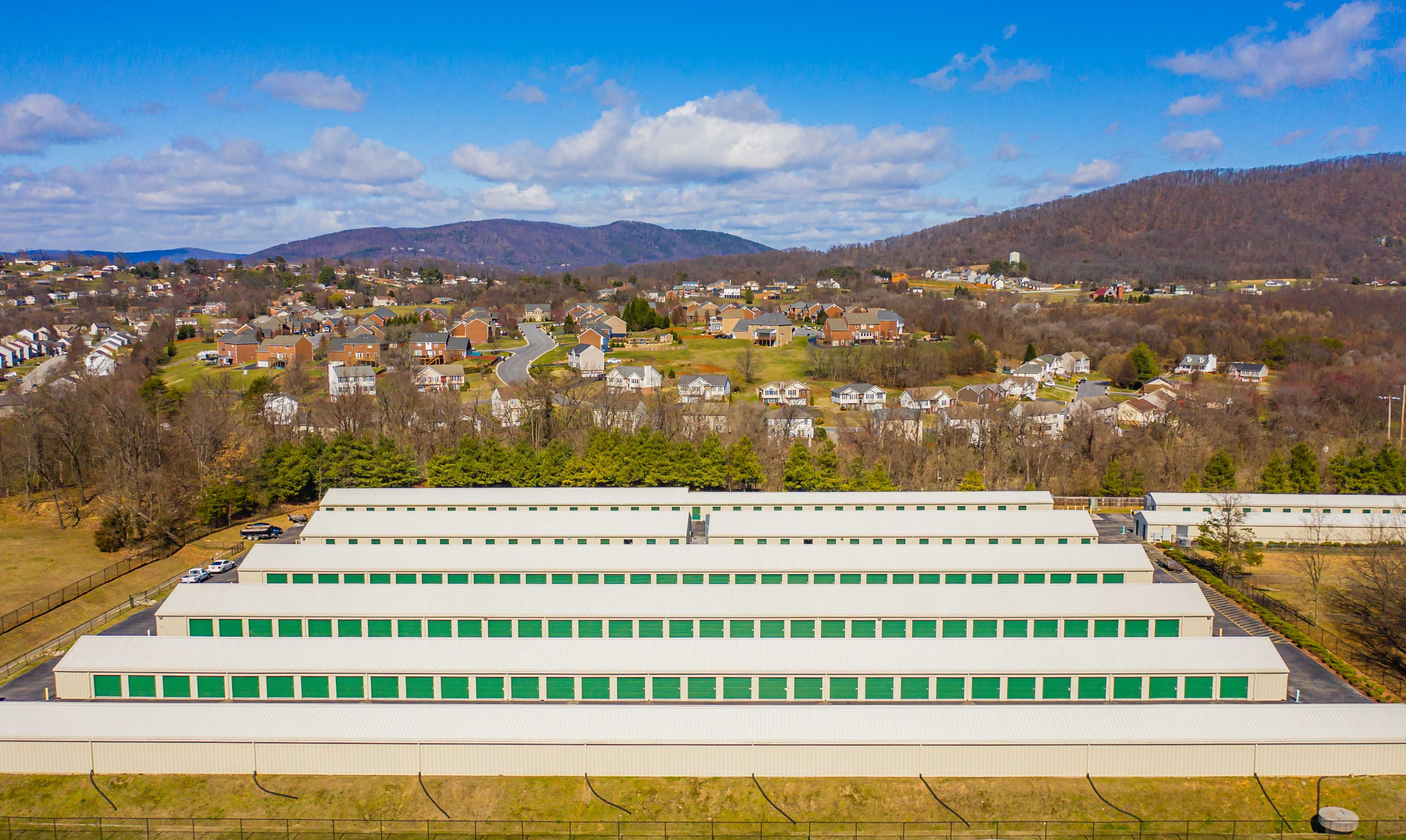Demystifying Cap Rates

In real estate, the term "cap rate" is thrown around a lot. But what exactly is a cap rate? And how does it apply to self-storage facilities? Self-storage facilities are becoming increasingly popular to invest in across the United States. This is due, in part, to the high cap rates that investors can earn on these properties. In this blog post, we'll discuss what cap rates are and how to calculate them. We'll also take a look at what cap rates are considered good for the self-storage industry.
What is a Cap Rate?
A cap rate, short for capitalization rate, is a measure of the expected return on investment for a real estate property. The higher the cap rate, the higher the return on investment. Cap rates are calculated by dividing the net operating income (NOI) by the current market value or sale price of the property.
How to Calculate Cap Rates
To calculate a property's cap rate, you'll need to know two things: the property's current market value or sale price and the property's NOI.
The current market value or sale price is pretty self-explanatory—it's simply how much the property is worth on the open market. The NOI, on the other hand, is a little more complicated. The NOI is calculated by taking the property's gross income and subtracting all of the operating expenses associated with the property. These operating expenses can include things like insurance, taxes, utilities, repairs and maintenance, and payroll.
Once you have both the current market value or sale price and the NOI, you can calculate the cap rate by dividing the NOI by the current market value or sale price.
For example, let's say that a self-storage facility has a current market value of $1 million and an NOI of $100,000. To calculate the cap rate, we would divide $100,000 by $1 million to get 0.1 or 10%.
What Cap Rates are “Good” for Self-Storage Facilities?
Now that we know what cap rates are and how to calculate them, let's discuss what sort of cap rates are considered good for self-storage facilities.
As a general rule of thumb, most investors look for properties with cap rates of 4% - 10% or higher. However, in recent years, cap rates have been declining as more and more people have been investing in self-storage facilities. As a result, it's not uncommon to see properties with cap rates below 10%.
Why Use Cap Rates?
Cap rates are often used by investors as a quick way to compare properties. For example, let's say you're considering two self-storage properties—Property A and Property B. Both properties are priced at $1 million. Property A has an NOI of $100,000 while Property B has an NOI of $200,000. Which property would have the higher ROI?
$100,000/$1,000,000 = 0.1 or 10% ROI for Property A
$200,000/$1,000,000 = 0.2 or 20% ROI for Property B
As you can see from the calculations above, Property B would have the higher ROI—20% compared to 10%. Therefore, if you're looking for a higher return on your investment, Property B would be the better choice.
Are There Any Drawbacks to Using Cap Rates?
One potential drawback of using cap rates is that they only take into account one aspect of a property's performance—the NOI. While the NOI is certainly important when it comes to estimating ROI, it's not the only factor that should be considered. For example, a property with a lower NOI but stronger prospects for future growth could ultimately generate a higher ROI than a property with a higher NOI but weaker prospects for future growth. As such, it's important to use caution when relying solely on cap rates when making investment decisions.
Wrapping Up
The definition of a cap rate can be confusing to those who are new to real estate investing, but once you understand what they are and how to calculate them, cap rates can be a valuable tool for assessing the potential profitability of a property.
* If you enjoyed this article about Demystifying Cap Rates, you might also enjoy reading Decoding Profitability: Understanding Internal Rate of Return (IRR) in Self-Storage Investments and Understanding the Real Estate Capital Stack.

